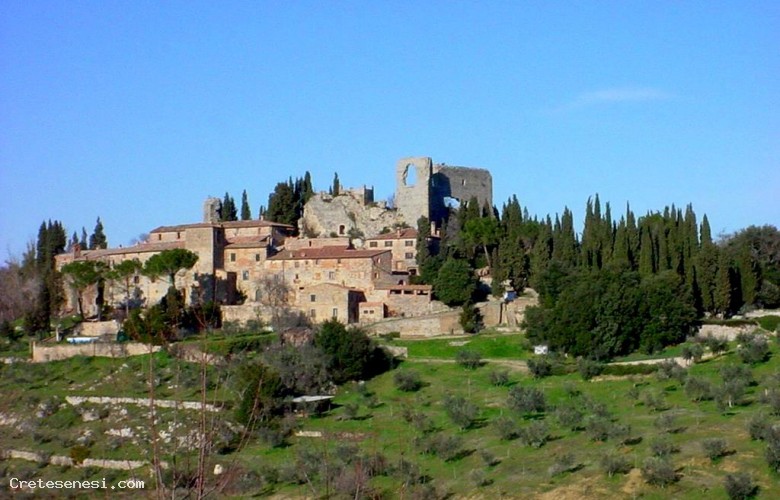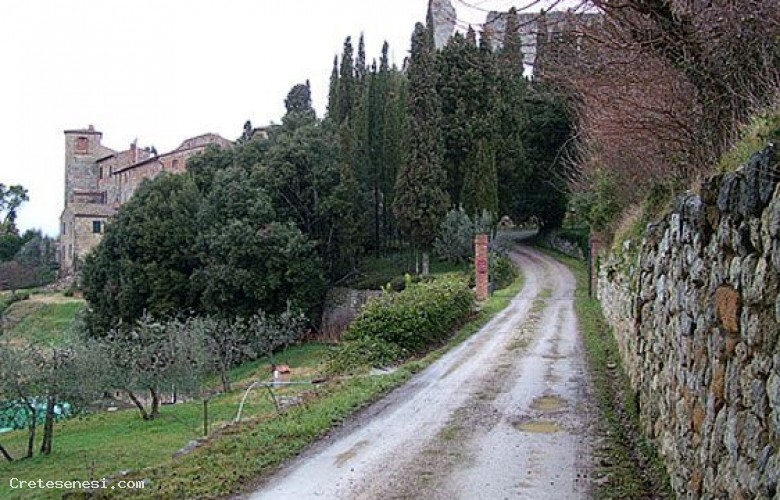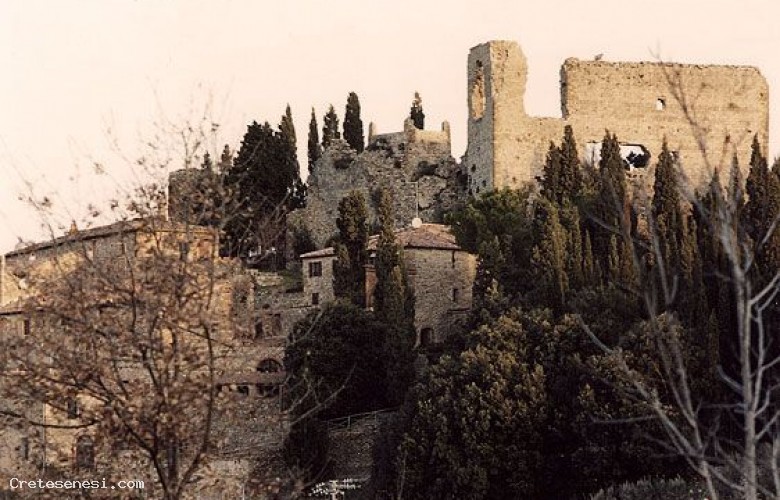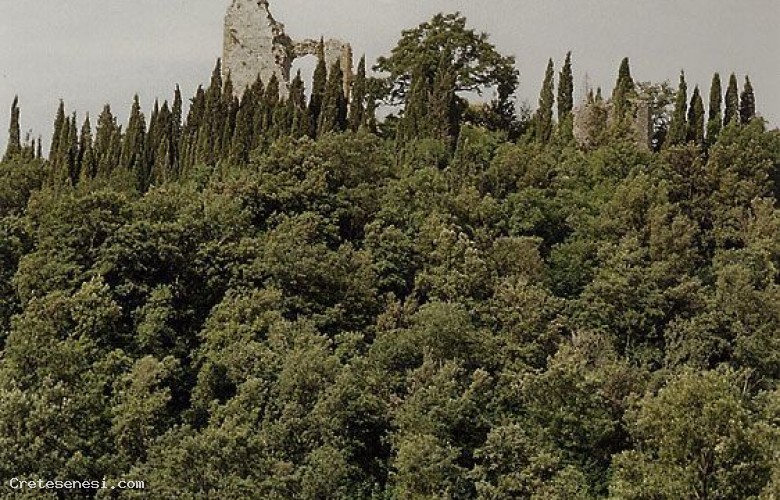Castle
Montelifré
SAN GIOVANNI D'ASSO LISTEN THE AUDIO GUIDE
LISTEN THE AUDIO GUIDE




Already in Roman times there was a defense Castrum in MonteRanfredi which was then transformed into a shelter for travelers.
In the Middle Ages, the place became a fiefdom of the Cacciaconti dei Asciano who transformed it into a real castle. Only around 1323, the castle and the underlying village passed under Sienese control and acquired the property Spinello Tolomei.
A few years later, following the bankruptcy of Banco Tolomei, Spinello's heirs sold their possession of Monterifredi to Betto di Martinozzo, merchant of Montepulciano. The Martinozzi, heirs of Betto, increased over time the ownership of the properties located in Montelifrè, determining, in 1400, the end of the local municipal institution and the transformation of the village into a family property.
Over a century later, in 1527, the fortress was destroyed by the Sienese, because it became a refuge for spilled people. Only in later periods were they rebuilt: houses, agricultural outbuildings, a silk spinning machine and a brick furnace, but the castle was abandoned in the conditions in which it had been reduced by the sixteenth-century destruction.
Already in Roman times there was a defense Castrum in MonteRanfredi which was then transformed into a shelter for travelers.
In the Middle Ages, the place became a fiefdom of the Cacciaconti dei Asciano who transformed it into a real castle. Only around 1323, the castle and the underlying village passed under Sienese control and acquired the property Spinello Tolomei.
A few years later, following the bankruptcy of Banco Tolomei, Spinello's heirs sold their possession of Monterifredi to Betto di Martinozzo, merchant of Montepulciano. The Martinozzi, heirs of Betto, increased over time the ownership of the properties located in Montelifrè, determining, in 1400, the end of the local municipal institution and the transformation of the village into a family property.
Over a century later, in 1527, the fortress was destroyed by the Sienese, because it became a refuge for spilled people. Only in later periods were they rebuilt: houses, agricultural outbuildings, a silk spinning machine and a brick furnace, but the castle was abandoned in the conditions in which it had been reduced by the sixteenth-century destruction.